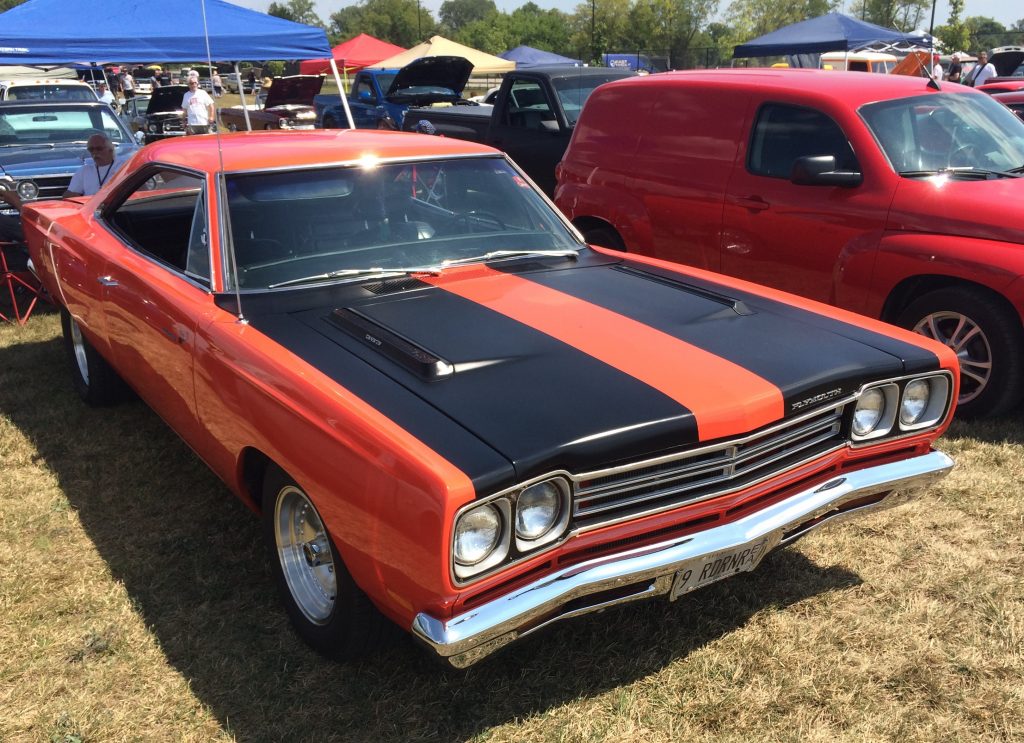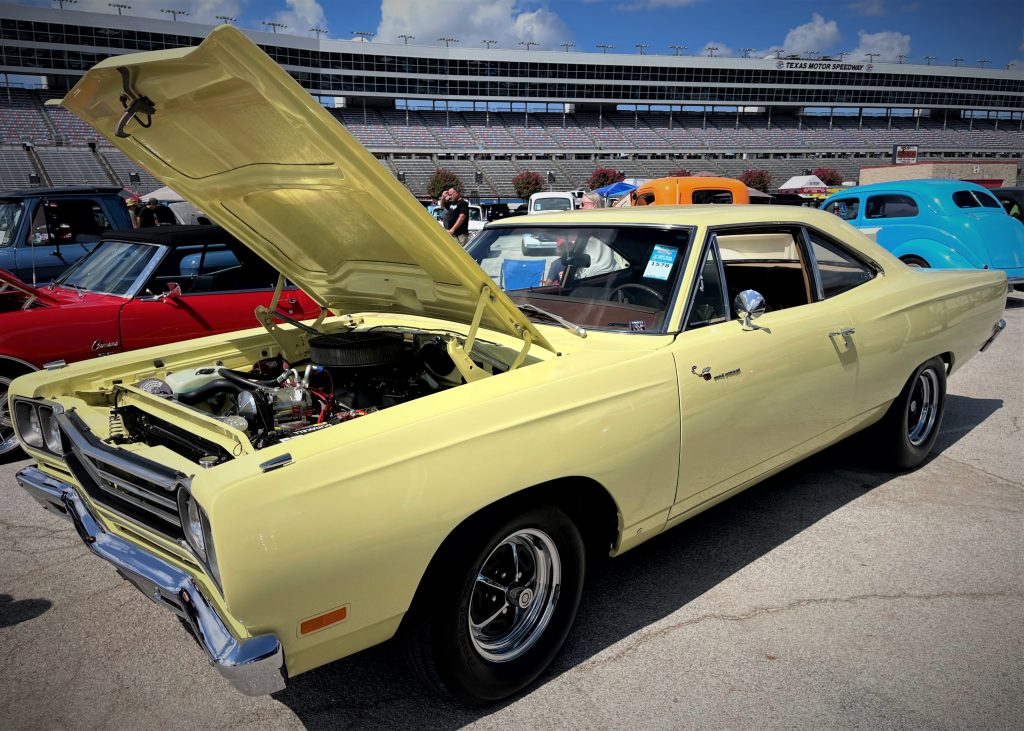Editor’s Note: The decade of the 1960s is considered by many to be the greatest in American automotive history. There’s little mystery why. The 1960s gave birth to the “muscle car wars” and game-changing performance pony cars. Legends like the Pontiac GTO, Ford Mustang, Chevy Camaro, HEMI-powered Mopars, and several others. How does one choose which is best? Controversially, we’re guessing. That’s why you’re taking some of the heat, too. We sync’d up with our friends on Summit Racing’s social media team to put the question out to their Facebook and Instagram audiences: What is the top car of the 1960s? The countdown to #1 continues.
The Road Runner party started the year before with the 1968 model which was considered the biggest-bang-for-your-buck muscle car when it was introduced in the fall of 1967.
According to The Illustrated Directory of Muscle Cars, Plymouth’s goal for 1968 was to offer a car that could go 100 miles-per-hour in the quarter-mile for less than $3,000. And that’s what they did.
Chrysler expected to sell about 20,000. It sold more like 45,000, and was behind only the Pontiac GTO and the Chevy Chevelle SS 396 in muscle car sales.
Fast forward to the #8 vehicle on our Best Cars of the 1960s list, where we find the glorious 1969 Plymouth Road Runner:
The mid-sized muscle car featured the same basic shape, but got a few updates to its taillights and front grille. Bucket seats became an option. A convertible Road Runner was available.
Plymouth paid $50,000 to Warner Bros. for the rights to use the Road Runner and Wile E. Coyote names and likeness from the popular cartoon, and invested thousands to develop a horn that approximated the famous Warner Bros. Road Runner’s “beep-beep” sound.

The 1969 Road Runner featured an updated Road Runner decal, as well as the introduction of the Wile E. Coyote “Coyote Duster” decal on the air cleaner lid on the Air Grabber option. That car featured an interior “Carb Air” lever under the dashboard that drivers could use to open and close the air vents which “grabbed” and ducted air directly to the engine.
The Road Runner came standard with a sporty 383 cubic-inch (6.3L), 335-horsepower V8.
You could also get this Mopar legend with a 426 HEMI, and at the mid-year, the 440 Six Pack package became available, showcasing a 440 V8 with three Holley two-barrel carbs, steel black wheels with no hub caps or covers, a black fiberglass hood with four hood pins and a functioning hood scoop.
The 440 Six Pack made 390 horsepower and 490 ft.-lbs. of torque (at a lower engine speed than the HEMI).
The 1969 Plymouth Road Runner was named Motor Trend’s “Car of the Year” and is a testament to the epicness of Detroit’s muscle and pony car offerings throughout the ‘60s that we have seven other cars ranked above it.
Beep-beep, indeed.


Matt, my name is Art and I grew up in the late 60s and early 70s in a family owned Chrysler Plymouth store in New England and I’ve had some of these cars are you talking about and just to Hear you mention that the hemi roadrunner in the 440 Rd., Runner which was actually an A12 M code car be the top Muscle cars of the 60s really hits home great article
Back when I was about 7 years old my uncle bought a road yellow and black roadrunner unfortunately he wrecked it but it was the best car I ever seen but I’m still in love with them.
Hopefully one day I hit the lottery and be able to buy me one or two